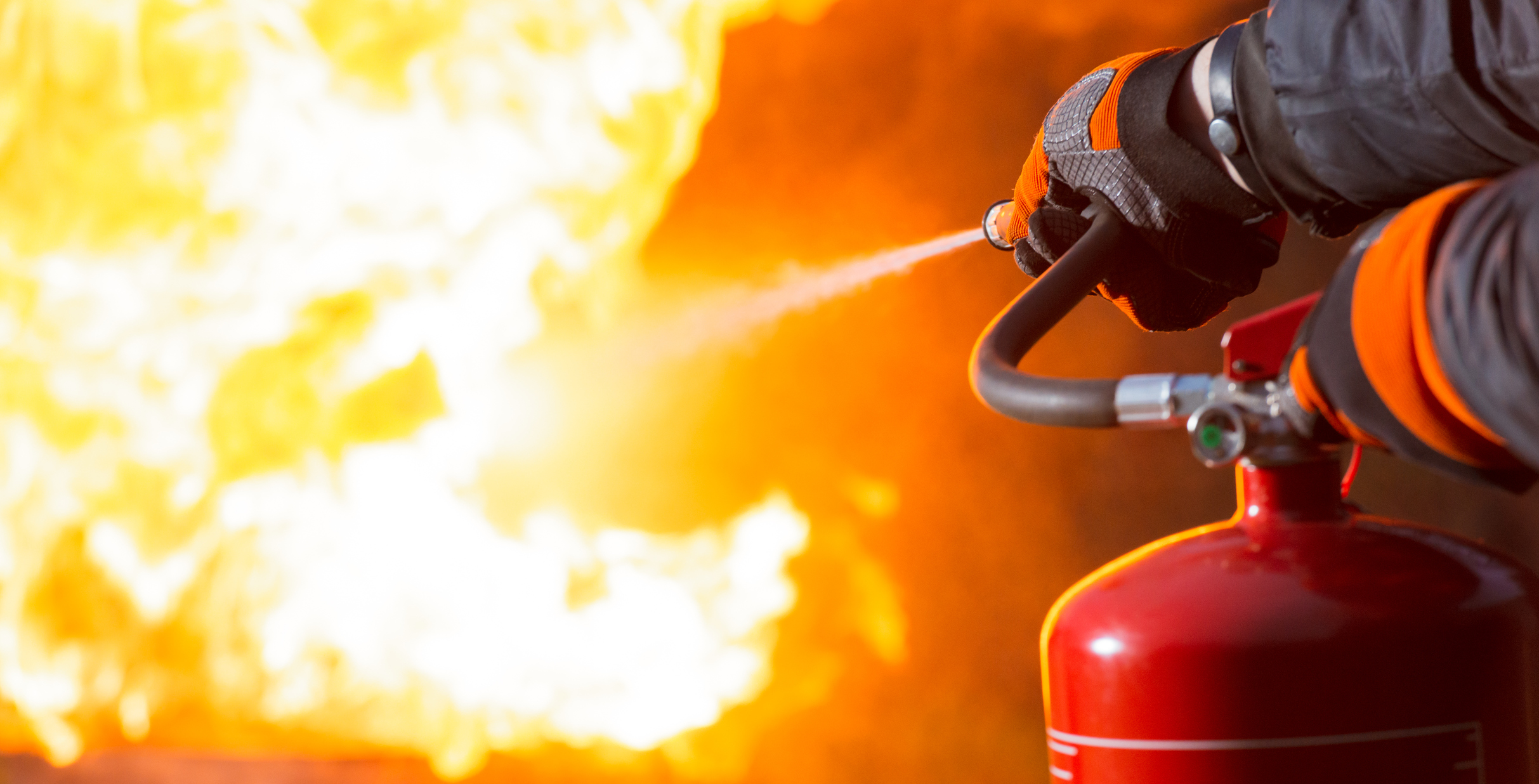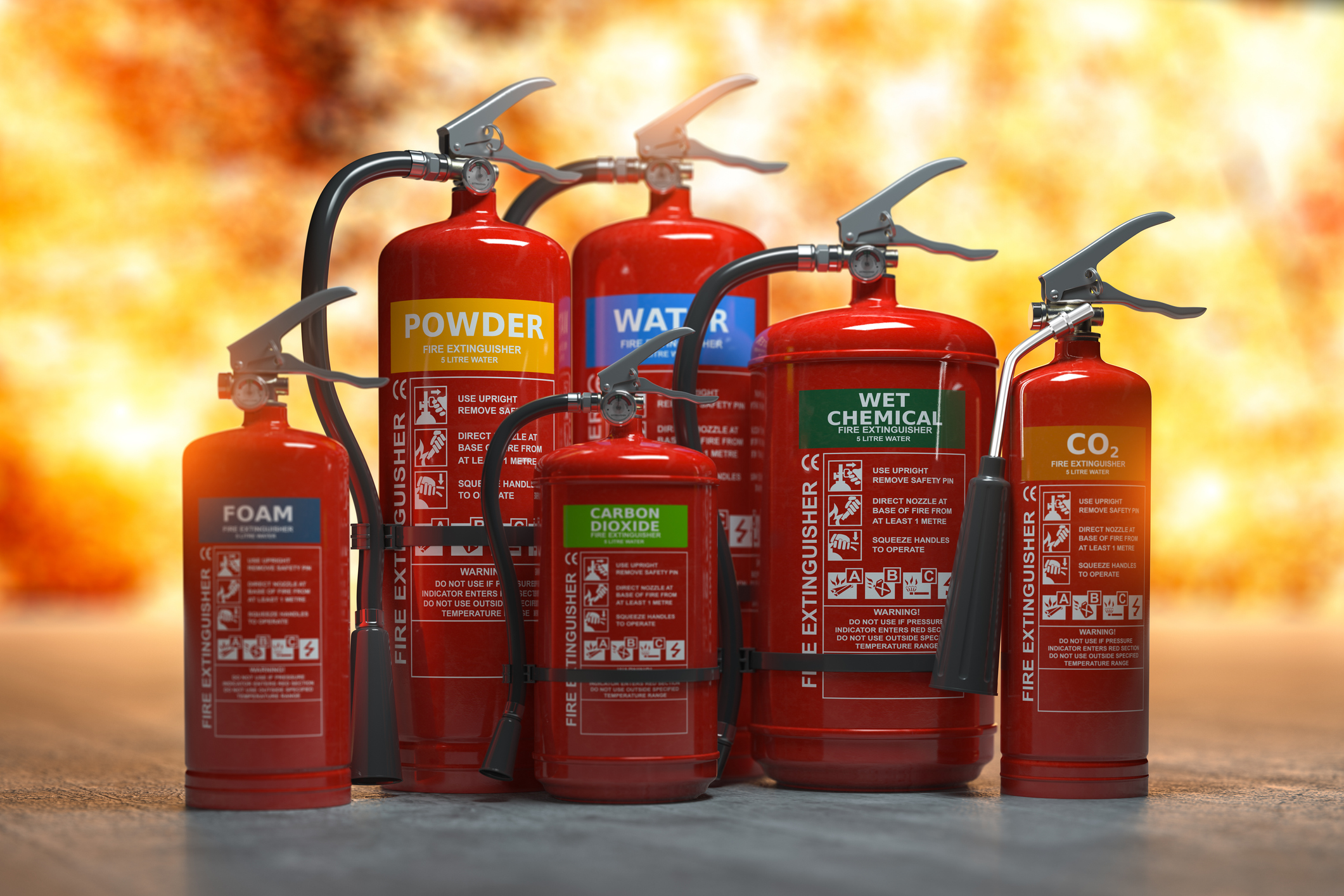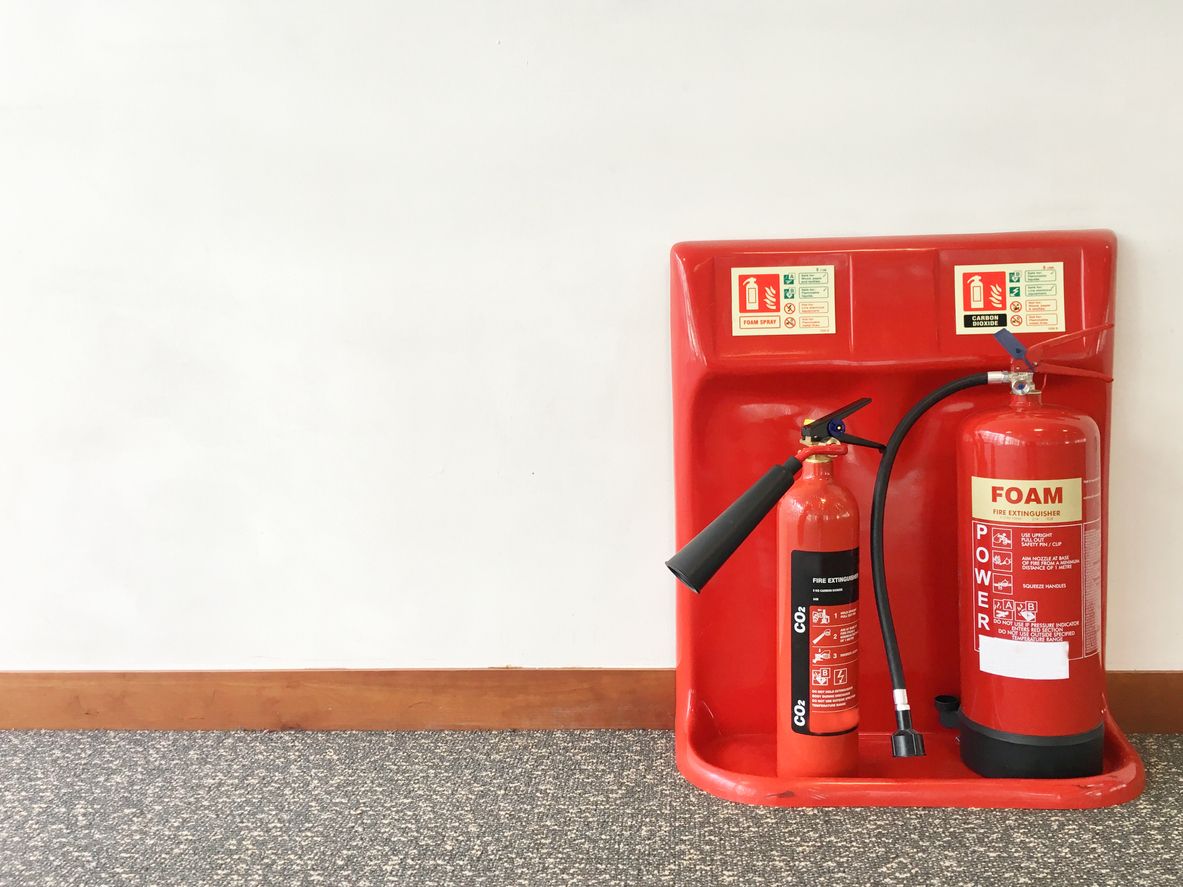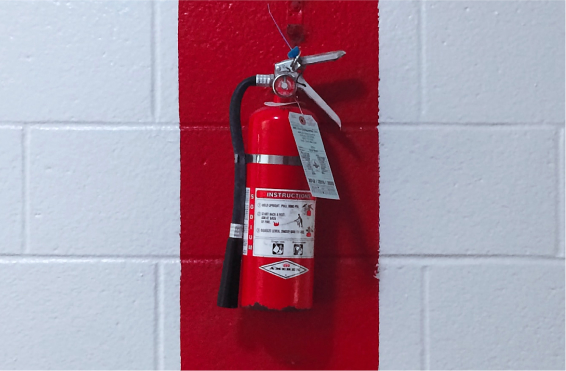
Fire Extinguisher Types and Uses
There are five primary types of fire extinguishers, including wet chemical, CO2, dry powder, foam, and water. It is critical for you to have the appropriate type of fire extinguisher in order to comply with current regulations. To ensure the safety of your premises and its occupants, get in touch with us today as we can install and maintain the full range of fire extinguishers in your building.
Different types of fire extinguishers are required because of the many forms of fuel that may cause a fire. The various sorts of fires produced by different fuels are classified as distinct categories of fire. It is based on the danger from various classes of fire when determining which type of fire extinguisher you require at your businesses’ premises.
It’s also important to keep the right type and weight of fire extinguisher on hand at your company location to satisfy fire safety standards.
Classes of Fire
There are six distinct classes of fire, each with its own set of characteristics. This is a rundown of the various kinds of fires that may be found in each class:
- Class A – Several common causes of fire include combustible materials including paper, cloth, wood, and other flammable solids.
- Class B – Caused by flammable liquids such as paint, or petrol.
- Class C – Caused by flammable gases including methane, butane or hydrogen.
- Class D – Caused by combustible metals including potassium, aluminium or magnesium, among others.
- Class F – Fires caused by cooking oils such as a chip-pan fire.
- Electrical Fires – Fires involving electrical equipment. However, when the electrical equipment is removed, the fire class is changed.
Type of Fire Extinguishers
Now that we know the different classes of fires, let’s take a look at what type of fire extinguisher is best to put it out each type of fire:
Foam Fire Extinguishers
For class B fires, foam fire extinguishers are the most commonly used. They’re also water-based, therefore they can also be used to extinguish class A fires. The colour of the label is cream.
These extinguishers are effective in putting out fires caused by many organic materials, such as wood, coal, textiles, fabrics, cardboard and paper. They’ll also work in putting out certain flammable liquids including petrol and paint.
However, this fire extinguisher should not be used on fires caused by combustible metals, kitchen fires, or electrical equipment.
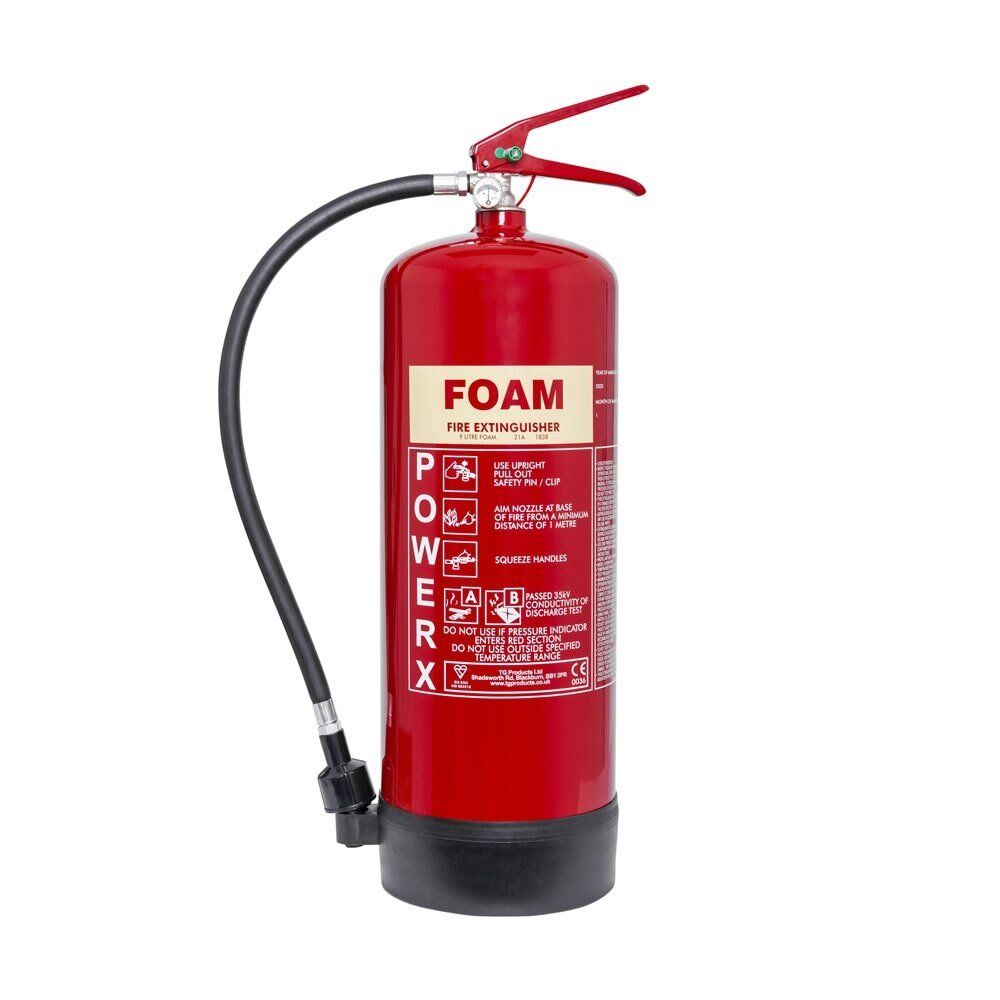
Water Fire Extinguishers
Water extinguishers are most commonly used in the event of a fire risk classified as Class A. Foam or water extinguishers are required in most places. Water extinguishers have a bright red label on it.
This type of fire extinguisher is used to put out fires started by a variety of organic materials including textiles, fabrics, coal, wood, cardboard, and paper. It should not be used on kitchen fires or fires caused by flammable gas or liquids.
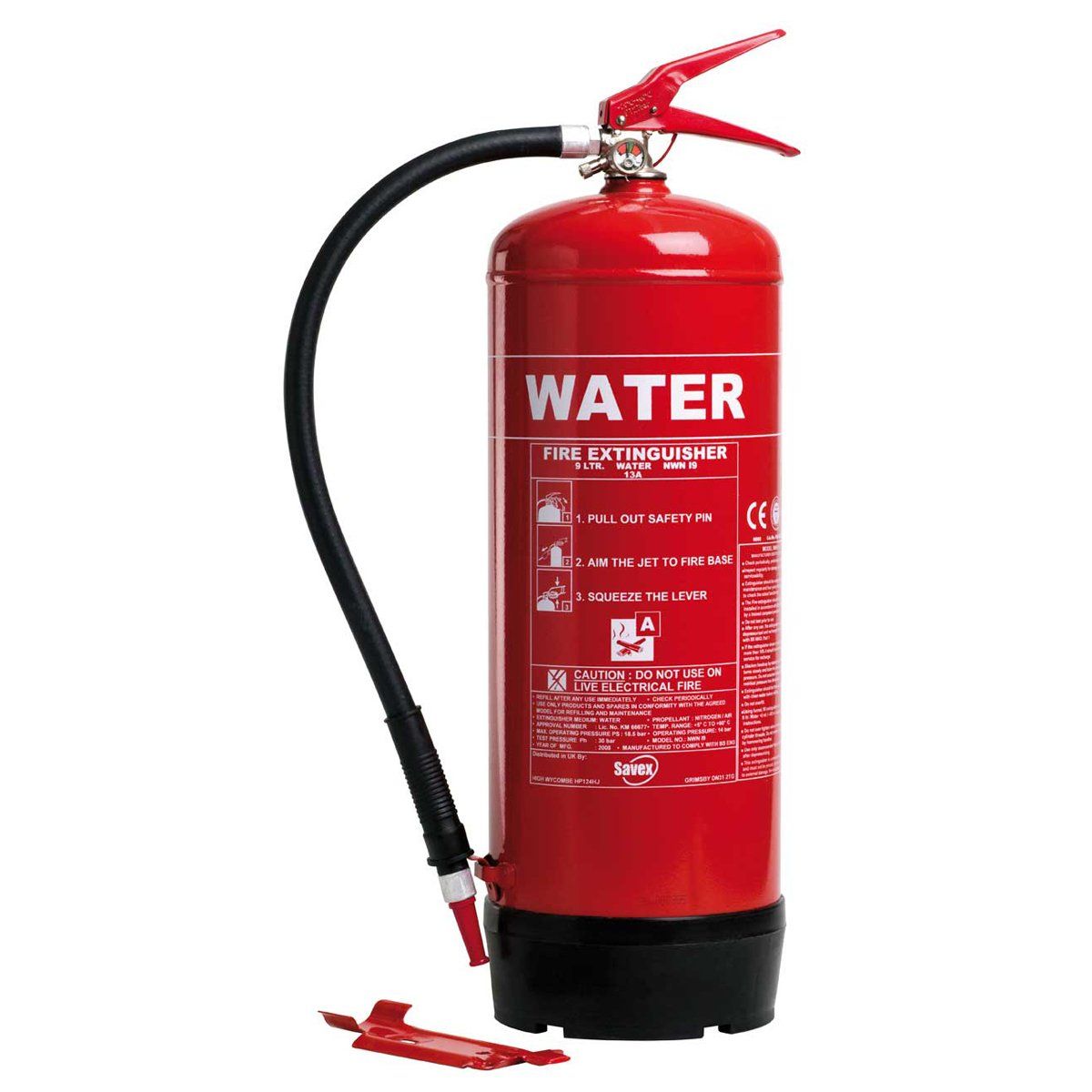
Dry Powder Fire Extinguishers
Dry powder extinguishers, which may be used to combat class A, B, and C fires, are also known as ABC extinguishers. These should not, however, be utilised in enclosed areas because the dry powder within the extinguisher might be easily inhaled. Also, it’s difficult to clean up the remaining residue once the fire has been extinguished.
These are also effective in fighting fires caused by electrical equipment. Dry powder extinguishers intended for fires caused by combustible metals are also available. This type of fire extinguisher has a blue label on it.
This fire extinguisher is suitable for fires caused by a wide range of organic materials, such as wood, coal, textiles, fabrics, cardboard and paper. It may also be utilised to put out flammable liquids including petrol and paint as well as flammable gases including acetylene and liquid petroleum gas. This fire extinguisher can also be used to fight any electrical equipment up to 1000v.
As previously mentioned, special dry powder extinguishers are available, but these are mostly used only on flammable metals.
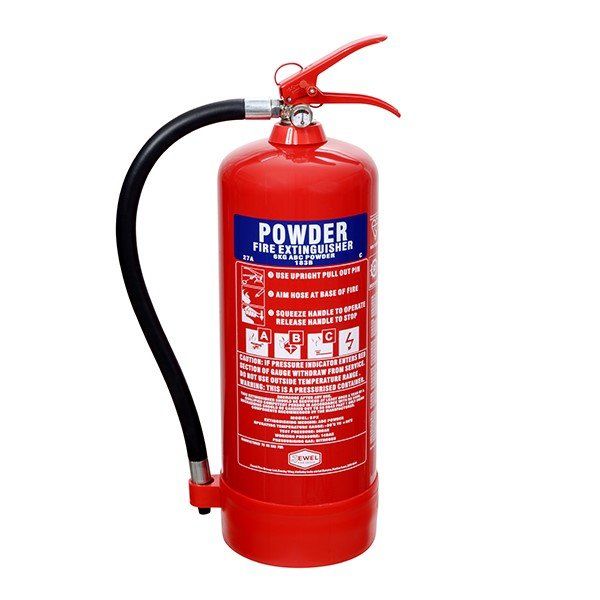
Wet Chemical Fire Extinguishers
Wet chemical extinguishers are used on Class F fires, such as those that involve cooking oils and fats. They can also be used on Class A fires, but it is more common to use a foam or water extinguisher for this sort of fire hazard. This extinguisher has a yellow label.
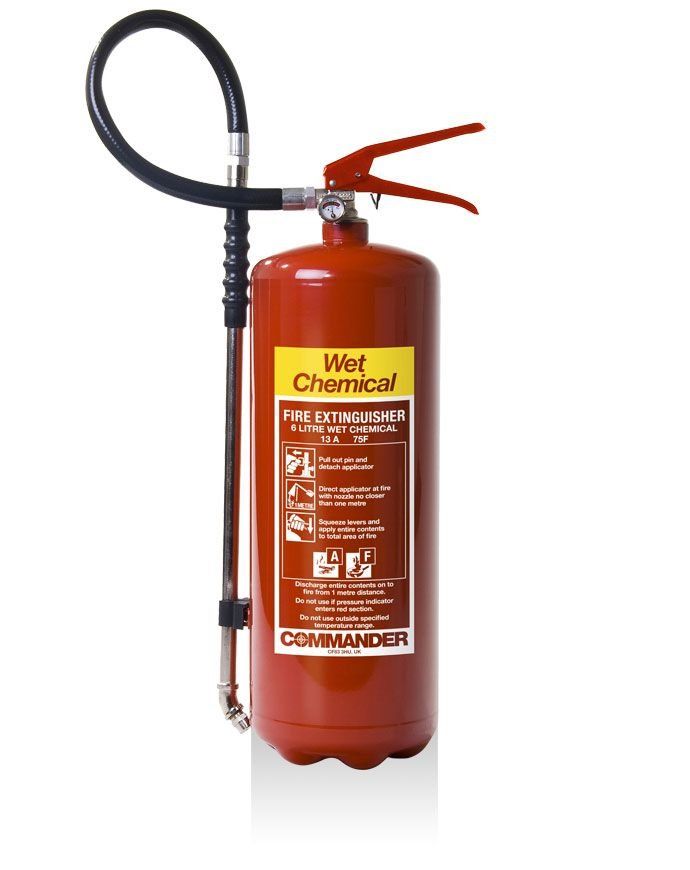
CO2 Fire Extinguishers
CO2 extinguishers are the most common firefighting equipment in computer server rooms, as they are mainly used for electrical fire risks. They can also put out Class B fires. CO2 extinguishers suffocate fires by depriving the flames of oxygen. The label on this type of extinguisher is black.

How to Use a Fire Extinguisher
When using any fire extinguisher, remember the acronym PASS:
P – Pull the pin at the top of the extinguisher. This will release the locking mechanism and allow you to use the extinguisher.
A – Aim the spray nozzle of the extinguisher at the base of the fire.
S – Squeeze (or press) the trigger to discharge the agent.
S – Sweep from side-to-side across the base of the fire, making sure that you cover all areas of flames with your stream of extinguishing agent.
Once you have put out as much of a fire as possible with a portable extinguisher, evacuate immediately and call for help. Remember to never return to a burning building under any circumstances.


